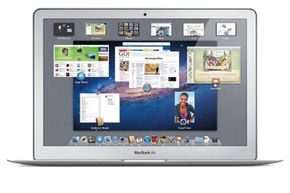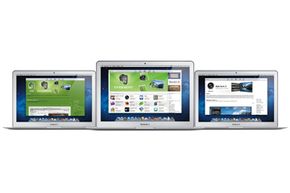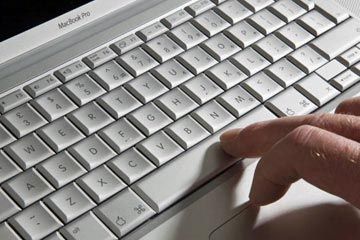When Apple introduced the Macintosh on Jan. 24, 1984, it wasn't the first computer to sport a graphical user interface (GUI) on top of its operating system (OS), but it was an early success in the consumer market. At the time, most consumer computers used text-based command lines. Computer owners had to learn numerous commands to navigate file systems and run applications. The Macintosh GUI seemed like a big leap ahead -- so much so that other companies began to invest in creating their own GUI OS.
A quick glimpse at today's Mac OS X reveals that the GUI is stronger than ever. But the current Mac operating system owes a lot to other computer projects, some of which weren't under Apple's leadership. To understand how OS X works, you have to know its history.
Advertisement
Shortly after the debut of the Macintosh there was a power struggle in the executive levels of leadership at Apple. Co-founder Steve Jobs found himself pushed to the edges of the company and eventually resigned. In 1988, Jobs went on to spearhead a project he called the NeXT Computer, which ran on an operating system called NEXTSTEP. Meanwhile, Apple continued to develop the Mac operating system.
Ultimately, NeXT received little traction in the computer market, though it was used in some high-profile applications. For example, World Wide Web founder Tim Berners Lee designed the first Web page using a NeXT computer [source: CERN]. And the executive power struggle at Apple continued as the company struggled to remain relevant. It was facing stiff competition with Microsoft's Windows OS. Apple executives considered purchasing or leasing an operating system from several different sources, including IBM. Ultimately, a phone call from Steve Jobs to Apple convinced the company to acquire NeXT in order to use its OS in Mac computers. This meant Steve Jobs was once again part of Apple.
Apple began to incorporate NeXT technology with the Mac OS. Apple also began to integrate features from a failed internal OS project codenamed Copland. In September 1997, Jobs became the interim CEO of Apple. A year later, he announced that Mac OS X -- the 10th generation of the Macintosh operating system -- would debut in 1999. On March 16 of that year, Jobs revealed the first build of Mac OS X to a group of developers. While the technical name for the operating system is Mac OS X 10.0, the company gave it the codename Cheetah. Since that first release, all OS X versions have a big-cat nickname. The most recent version as of the writing of this article is Mac OS X 10.7, also known as Lion.
Now that we've got some basic history out of the way, let's take a quick look at what operating systems actually do.




